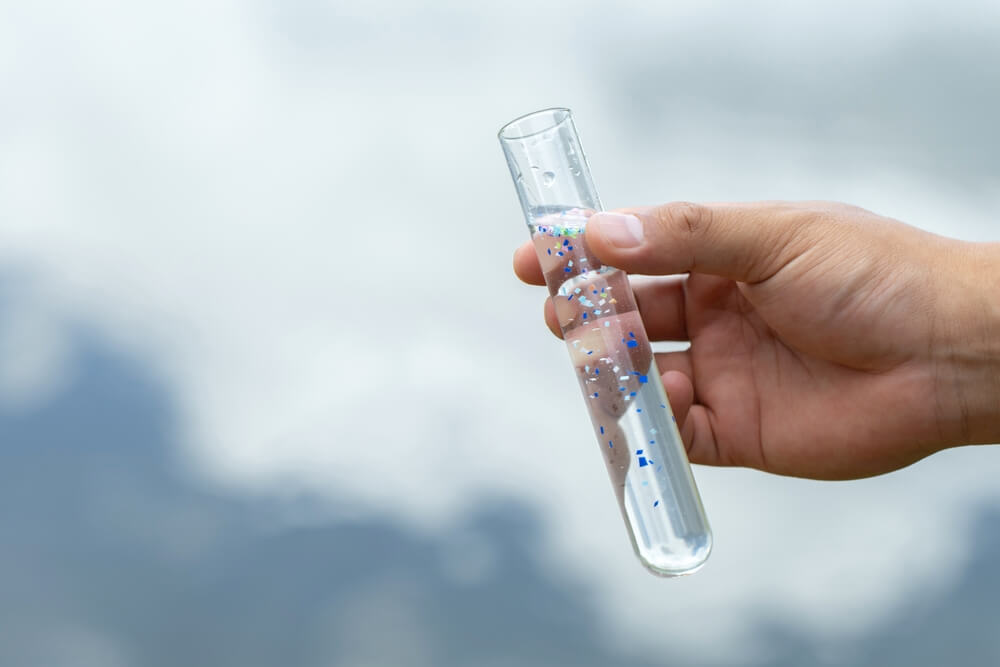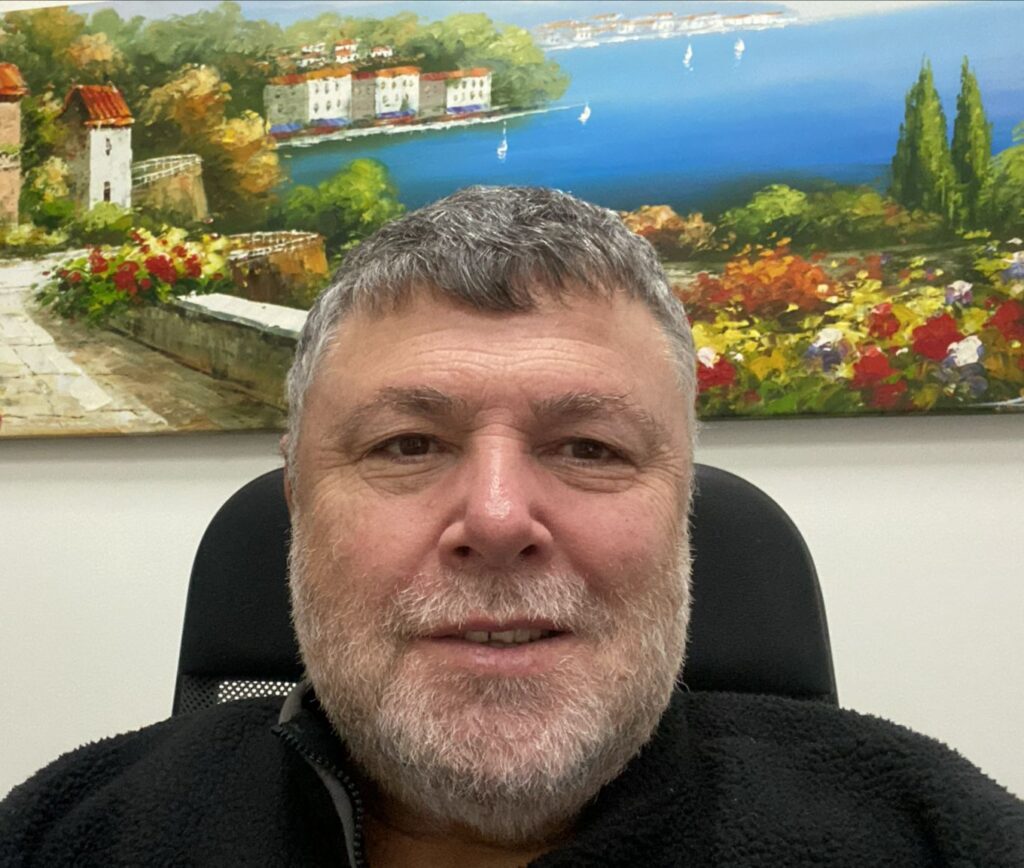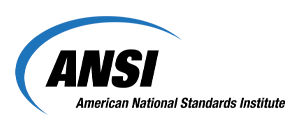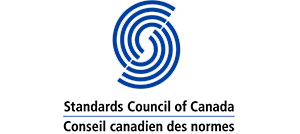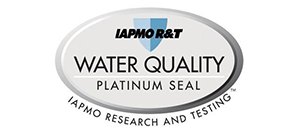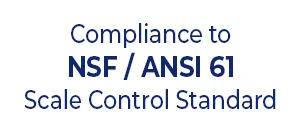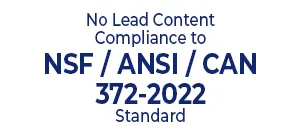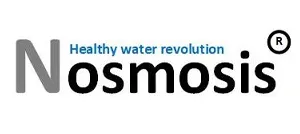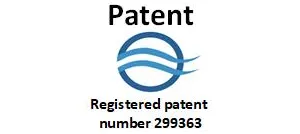Every time you pour a glass of water, you’re trusting that what you can’t see won’t hurt you.
But today, invisible invaders are slipping past traditional water treatment systems—and making their way into our bodies.
They’re called microplastics, and they represent one of the most urgent and least understood health threats of our time.
What Are Microplastics?
Microplastics are defined as plastic particles smaller than 5 millimeters—often so tiny they’re invisible to the naked eye.
These particles come from:
- The breakdown of larger plastic waste (like bottles, bags, packaging)
- Synthetic fibers shed from washing clothes
- Cosmetic products (such as exfoliants and microbead toothpastes)
- Industrial runoff from manufacturing and transportation (like tire particles)
They are now found everywhere—in oceans, rivers, rainfall, bottled water, and public drinking supplies worldwide.
According to a groundbreaking 2017 study, 94% of U.S. tap water samples contained microplastic fibers.
Samples taken from high-profile locations—including the U.S. Capitol and EPA headquarters—revealed American tap water contained nearly twice as many fibers as European water.
Why Microplastics Are a Serious Health Concern
Unlike bacteria or viruses, microplastics don’t dissolve once inside the human body.
They can accumulate in tissues and organs, triggering dangerous effects, including:
- Inflammation and immune disruption
- Cellular damage caused by the leaching of toxic chemicals like BPA and phthalates
- Hormonal interference, affecting reproduction, metabolism, and child development
- Potential links to cancer and chronic diseases such as plastics interact with biological tissues
Even more concerning, nanoplastics—ultra-tiny particles—can breach the body’s natural barriers, entering the bloodstream, liver, lungs, and even the brain.
Recent biomedical studies have detected microplastics in:
- Human lungs
- Bloodstreams
- Placentas and breast milk
But the danger doesn’t end there.
Viruses can latch onto microplastic surfaces, creating a new form of biological transport through water systems.
A 2023 study from the University of Stirling found that viruses can survive longer and remain infectious when attached to microplastic particles (Source: University of Stirling, 2023, Microplastics and Virus Survival).
This alarming discovery means microplastics aren’t just inert pollutants—they may also act as carriers, helping viruses persist and spread in ways never seen before.
As Dr. Emily Norton from the Global Water Institute summarizes:
“Microplastics are no longer just an environmental pollutant—they are a biological threat inside human bodies and ecosystems.”
Why Standard Home Water Filters Aren’t Enough
Most common home filtration systems simply cannot address microplastics:
- Basic carbon filters can improve taste but allow microplastic particles to pass through untouched.
- Standard sediment filters typically only trap particles larger than 10 microns—leaving smaller microplastics free to flow through.
- Reverse osmosis systems can filter smaller particles, but often waste up to 6 gallons of water per gallon purified, strip away beneficial minerals, and require heavy maintenance.
In short: Clear water doesn’t mean clean water.
To effectively block microplastics (and the viruses and toxins that may hitch a ride), you need filtration that operates at one micron or smaller—and does it without sacrificing water quality, minerals, or efficiency.
The TipaTech Solution: Complete Microplastic Defense
TipaTech offers a two-stage defense system against microplastic contamination—combining whole-home protection with ultra-precision drinking water purification.
T-18: Whole-Home Microplastic Protection
The TipaTech T-18 captures contaminants right where water enters your home:
- Filtration down to 1 micron, trapping microplastic fibers and particles before they reach your taps, showers, laundry, and appliances.
- Prevents inhalation risks by stopping plastics from vaporizing into indoor air during hot showers and baths.
- Extends the life of water-using appliances, protecting pipes, heaters, and fixtures from contaminant buildup.
- Zero electricity, zero water waste, delivering a truly sustainable solution for the whole home.
As Dr. Laura Benson, a water safety researcher, explains:
“Filtering at the point of entry is critical. It protects not only drinking water but also indoor air quality and household plumbing systems from microplastic exposure.”
LotusDY: Next-Level Drinking Water Purification
For water you drink, cook with, and give to your family, TipaTech’s LotusDY system provides unparalleled filtration precision:
- Captures particles down to 0.007 microns, stopping even the tiniest microplastic fragments and attacking biological threats.
- Preserves essential minerals like magnesium and calcium for better hydration and health.
- Releases harmful dissolved gases such as chlorine, ammonia, and radon, improving taste and safety.
- No water waste, no electricity required, and no drain connection—simple, eco-friendly performance.
- Protected by three global patents, LotusDY is the world’s first under-sink system with user-controlled mineral calibration and advanced gas release technology.
- Coming soon: Negative ORP technology, delivering antioxidant-rich, health-enhancing hydration.
LotusDY: Next-Level Drinking Water Purification
For water you drink, cook with, and give to your family, TipaTech’s LotusDY system provides unparalleled filtration precision:
- Captures particles down to 0.007 microns, stopping even the tiniest microplastic fragments and attacking biological threats.
- Preserves essential minerals like magnesium and calcium for better hydration and health.
- Releases harmful dissolved gases such as chlorine, ammonia, and radon, improving taste and safety.
- No water waste, no electricity required, and no drain connection—simple, eco-friendly performance.
- Protected by three global patents, LotusDY is the world’s first under-sink system with user-controlled mineral calibration and advanced gas release technology.
- Coming soon: Negative ORP technology, delivering antioxidant-rich, health-enhancing hydration.
Protecting Your Family’s Health for the Future
Microplastics are now found in rain, air, food, and water—and scientists are only beginning to understand the full health consequences.
But waiting for full government regulation is not an option.
Taking action today protects your family tomorrow.
By choosing TipaTech’s T-18 and LotusDY systems, you are:
- Stopping invisible contaminants at the source
- Reducing your daily toxic load
- Supporting your family’s hydration, immune strength, and overall vitality
Because when it comes to microplastics, viruses, and chemical threats, what you can’t see can absolutely hurt you.
And now—with TipaTech—you finally have the tools to stop it.
Sources:
- University of Stirling (2023), Microplastics Extend Virus Survival in Freshwater Systems
- The Guardian, 2017, Microplastics Found in 94% of U.S. Tap Water
- State University of New York at Fredonia, Global Water Microplastics Study
